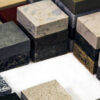Limestone vs Marble: Which Stone is Right for Your 2023 Project?
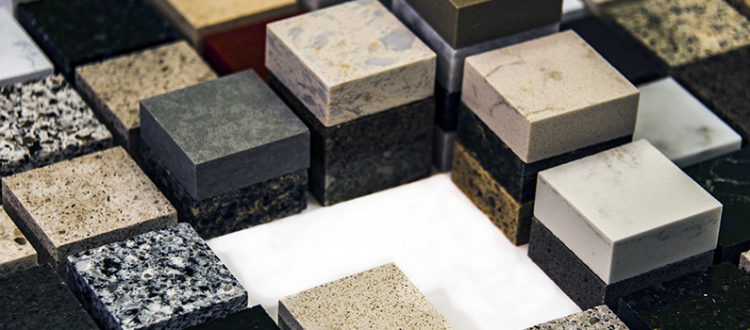
Limestone and marble are popular natural stones used in construction and home decor. Recognizing their differences is essential to choose the right stone for your project and providing the best care and maintenance. In this guide, we’ll cover the key differences between limestone and marble and how to identify them.
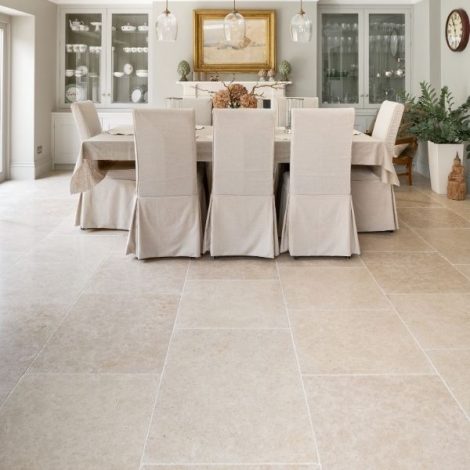
Limestone and marble are two popular types of natural stone used in construction and home decor. Although they have some similarities, they have distinct differences that affect their appearance, durability, and care requirements. Understanding these differences can help you choose the right stone for your project and ensure it looks beautiful for years.

The first thing to consider when differentiating between limestone and marble is their appearance. Limestone is typically light-coloured, ranging from white to grey to tan, and has a more textured appearance with visible pores and holes. In contrast, marble can be a wide range of colours, including white, black, grey, red, green, and more. It usually has a smoother, more polished appearance with fewer visible pores.
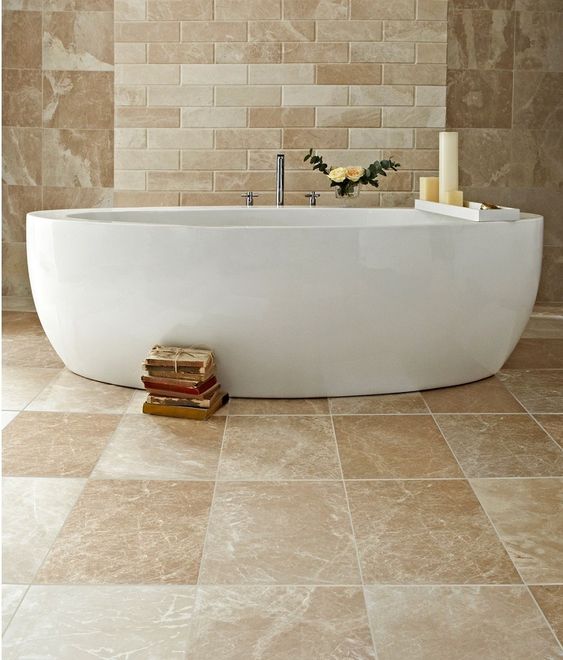
Another key difference between limestone and marble is their texture. Limestone is more porous and has more visible pores and holes that can trap dirt and debris over time. Marble is denser and more compact, with fewer visible pores, making it easier to clean and maintain.
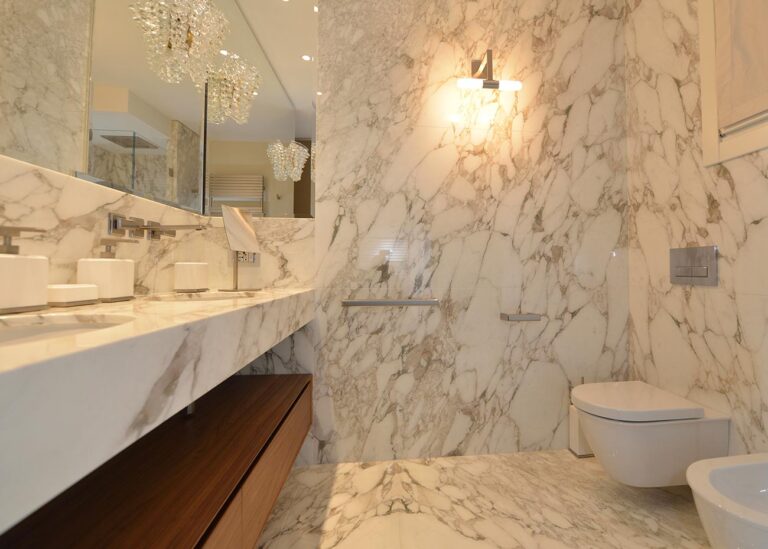
The hardness and durability of limestone and marble are also different. Marble is harder and more durable than limestone, able to withstand heavy foot traffic and wear and tear without showing signs of damage. Conversely, limestone is softer and more susceptible to scratches, cracks, and erosion, requiring more frequent maintenance and care to keep it looking its best.

Understanding the geological formation of limestone and marble can also help you differentiate between them. Limestone forms from the accumulation of calcium carbonate deposits over millions of years, often in marine environments. Marble, on the other hand, forms from the recrystallization of limestone under high pressure and temperature over millions of years, giving it unique patterns and veining that can vary from one slab to another.
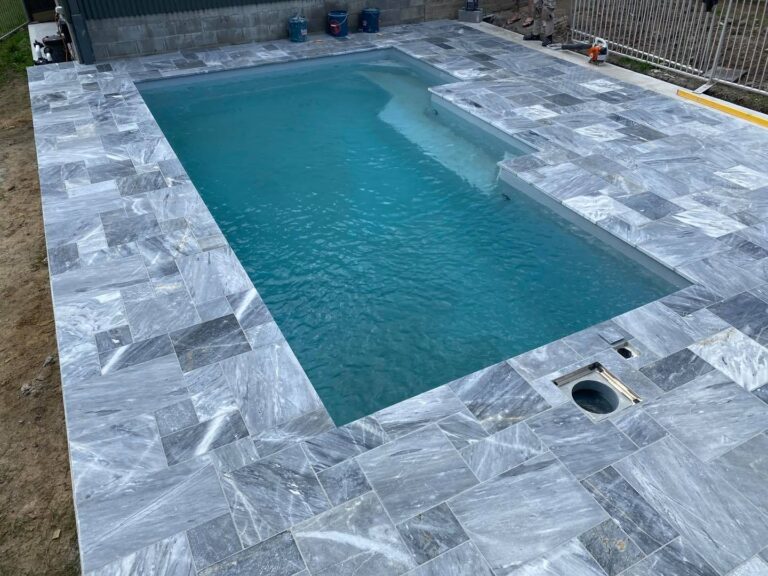
How can you tell if a stone is limestone or marble? Look at the colour, texture, and visible pores and holes. Test the hardness by scratching the surface with a knife, and look for unique patterns and veining characteristics of marble.
Whether you’re working with natural stone in construction or home decor or want to learn more about the different types, understanding the differences between limestone and marble is essential. By knowing what to look for in appearance, texture, hardness, and geological formation, you can choose the suitable stone for your project and provide the best care and maintenance to keep it looking beautiful for years.


